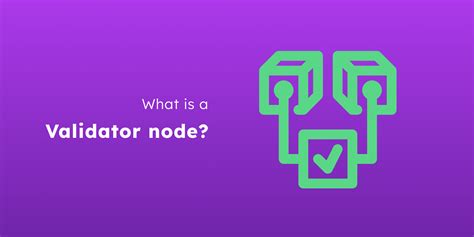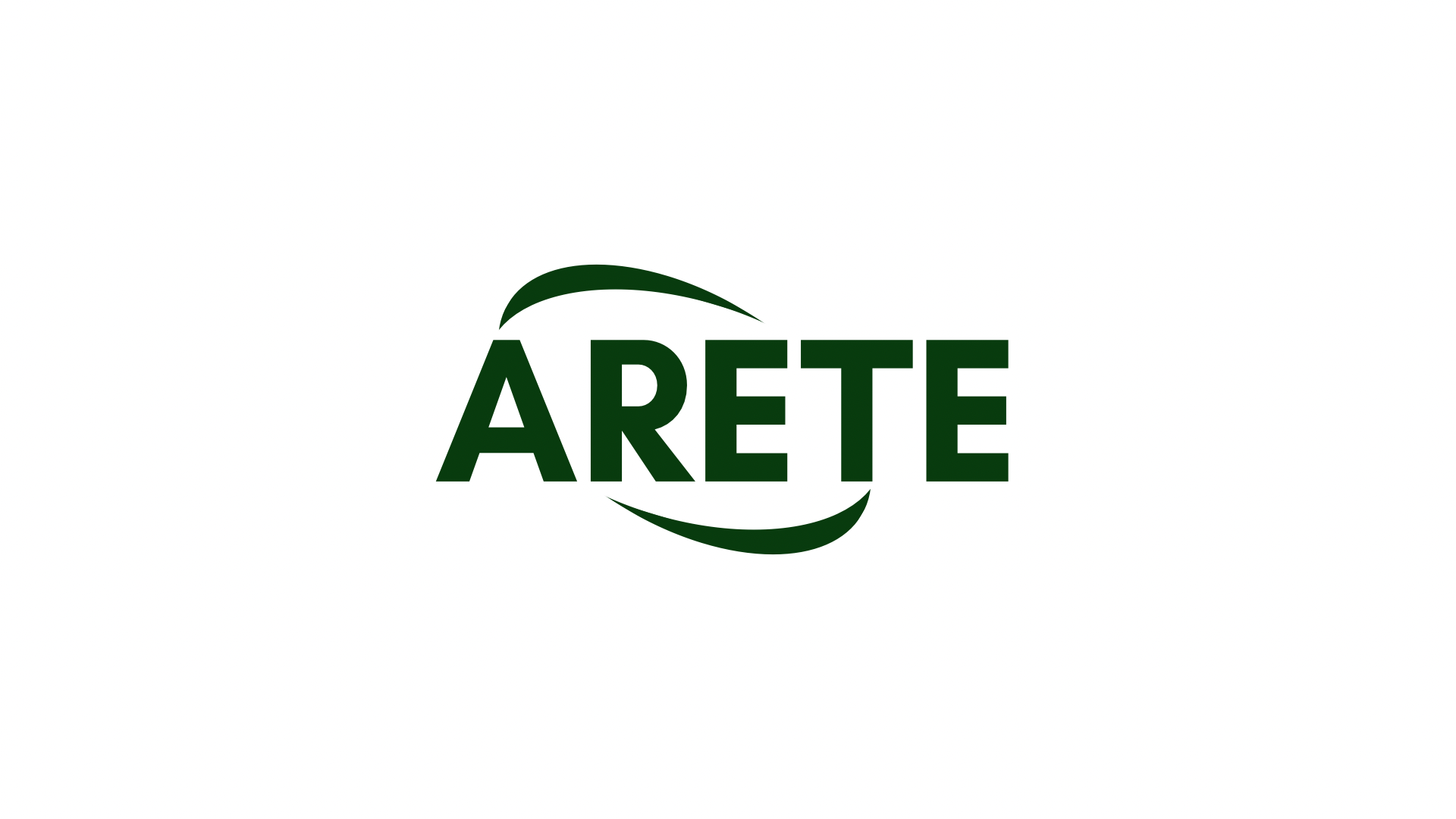“Crypto Risks: Understanding the Validator Node Market and Hedera’s Role in Mitigating It”
The world of cryptocurrency has been plagued by high-risk investments and market volatility for years. One often-overlooked aspect of the crypto landscape is the role of validator nodes in maintaining decentralization and security on blockchain networks. In this article, we will delve into the concept of validator nodes, their importance in the crypto ecosystem, and how Hedera Hashgraph (HBAR) can help mitigate risks associated with this critical component.
Validator Nodes: The Backbone of Decentralization
A validator node is a computer that runs a specialized software program called a Validator Node Client (VNC). These nodes are responsible for validating transactions on a blockchain network and ensuring the integrity and security of the network’s data. Without validator nodes, a blockchain would be unable to function, as there would be no way to validate or verify transactions.
Validator nodes play a crucial role in maintaining decentralization by:
- Verifying transaction validity: Validator nodes ensure that transactions are valid and comply with the blockchain protocol.
- Maintaining network consensus: By validating transactions, validator nodes help to establish a consensus among nodes on the network, ensuring that all parties agree on the state of the blockchain.
- Providing security updates: Validator nodes can receive and apply security patches, keeping the network’s software up-to-date.
The Risks of Crypto: A Case Study
While crypto investments have experienced significant price swings in recent years, one common risk is the need to hold onto assets for extended periods. This has led many investors to question whether holding onto crypto for an extended period is worth it. In some cases, this can result in substantial losses.
Hedera Hashgraph (HBAR): A Solution to Mitigating Crypto Risks

Hedera Hashgraph (HBAR) is a distributed ledger platform that aims to provide a more secure and scalable alternative to traditional blockchain networks like Ethereum. One of the key features of HBAR is its focus on validator nodes, which are designed to support decentralized data storage and processing.
The Risk-Reward Ratio: A Key Consideration for Investors
When it comes to investing in cryptocurrency, understanding the risk-reward ratio is essential. This ratio refers to the potential return on investment (ROI) versus the potential loss of value over time. For investors looking to mitigate risks associated with validator nodes, Hedera Hashgraph presents a compelling case.
Key Features of HBAR that Address Crypto Risks
- Low latency: HBAR’s focus on scalability and speed ensures that validator nodes can process transactions in real-time, reducing the risk of delays or data corruption.
- High security: The use of hash functions and other cryptographic techniques helps to protect the integrity of the blockchain network.
- Robust consensus mechanism: HBAR’s Proof-of-Stake (PoS) consensus algorithm is designed to be more energy-efficient and less vulnerable to centralization than traditional proof-of-work algorithms.
Conclusion
In conclusion, validator nodes play a critical role in maintaining decentralization on blockchain networks like Hedera Hashgraph. By understanding the risks associated with holding onto crypto assets for extended periods, investors can make more informed decisions about their investments. While HBAR presents a compelling alternative to traditional blockchains, it is essential to carefully consider the key features that address these concerns.
Disclaimer: This article should not be considered investment advice. Always conduct thorough research and consult with a financial advisor before making any investment decisions.

